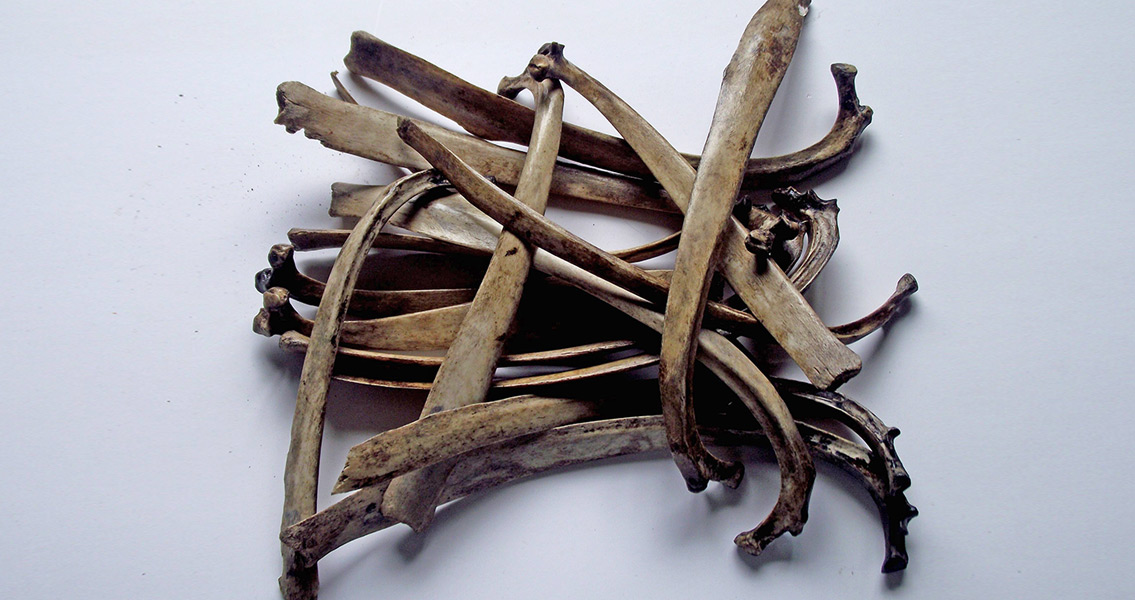<![CDATA[Ancient future-predicting shrines have been discovered in Armenia. Three shrines, dating from roughly 3,300 years ago, have been found in a hilltop fortress in Gegharot, Armenia. It is thought that local leaders would have used the shrines for divination purposes, a method of predicting the future. During the Late Bronze Age, roughly 1500-1250 BCE, a series of hilltop fortresses were constructed on the Tsaghkahovit Plain in central Armenia; the fortress at Gegharot is one of the primary sites in the area. These settlements have revealed a coordinated process of fortress construction linked to the emergence of a new political organisation. The new polity had built and occupied multiple sites in the region, concentrating wealth and power in the hands of a few powerful leaders. It is unknown what these leaders were called, as writing had not reached Armenia by that time. The discovery of the three shrines, however, suggests that power was not solely based on brute force. Divination was also a very important practice in the development of these regional communities. Each shrine consists of a single room with a clay basin filled with ash and ceramic vessels. A wide variety of finds were made in the shrines, including clay idols, stamp seals, censers used to burn materials, and large quantities of animal bones with markings etched into them. It is thought that during divination ceremonies rulers and diviners burnt substances and drank wine, possibly to induce an 'altered' state of mind. "The logic of divination presumes that variable pathways articulate the past, present and future, opening the possibility that the link between a current situation and an eventual outcome might be altered," write Adam Smith, professor at Cornell University, and Jeffrey Leon, a graduate student at Cornell, who excavated the shrines. Their discovery has been detailed in an article published recently in the American Journal of Archaeology. Smith and Leon found examples of different types of divination. Knucklebones of bows, sheep and goats were found in Gegharot, indicating osteomancy (the practice of divination through the study of bones). “You would roll [the bones] and depending upon whether the scorched side or the marked side came up you would make a different interpretation,” Smith said. Inside a basin at one of the shrines, archaeologists found 18 small stones. “These stones appear to have been selected for their smooth, rounded shape and their colour palette, which ranged from black and dark gray to white, green and red,” Smith and Leon write. It is currently unclear exactly how these stones would have been used in divination rituals. Of particular interest was an installation used to grind flour, found in a shrine on the fortress’ east citadel. “What is conspicuous about the grinding installation in the east citadel shrine is the lack of a formal oven for bread baking,” Smith and Leon write. The basin “was clearly used for burning materials and certainly could have been used to bake small balls of dough, but it is unlikely that it would have been used to cook loaves of bread.” It seems that the grinding installation was used in aleuromancy, a practice of predicting the future using flour. The shrines were used for about a century, until the fortress at Gegharot was destroyed. During the Late Bronze Age, there was a lot of conflict in the south Caucasus, with regional warlords often fighting against each other. While divination was a vital source of power for the rulers of Gegharot, it was unable to help them in a time of need; Gegharot’s ruling elite seem to have been deposed in a clash with other regional polities. For more information: www.ajaonline.org Image courtesy of Wikimedia commons user: Pinkpasty]]>
Ancient Divination Shrines Found in Armenia
